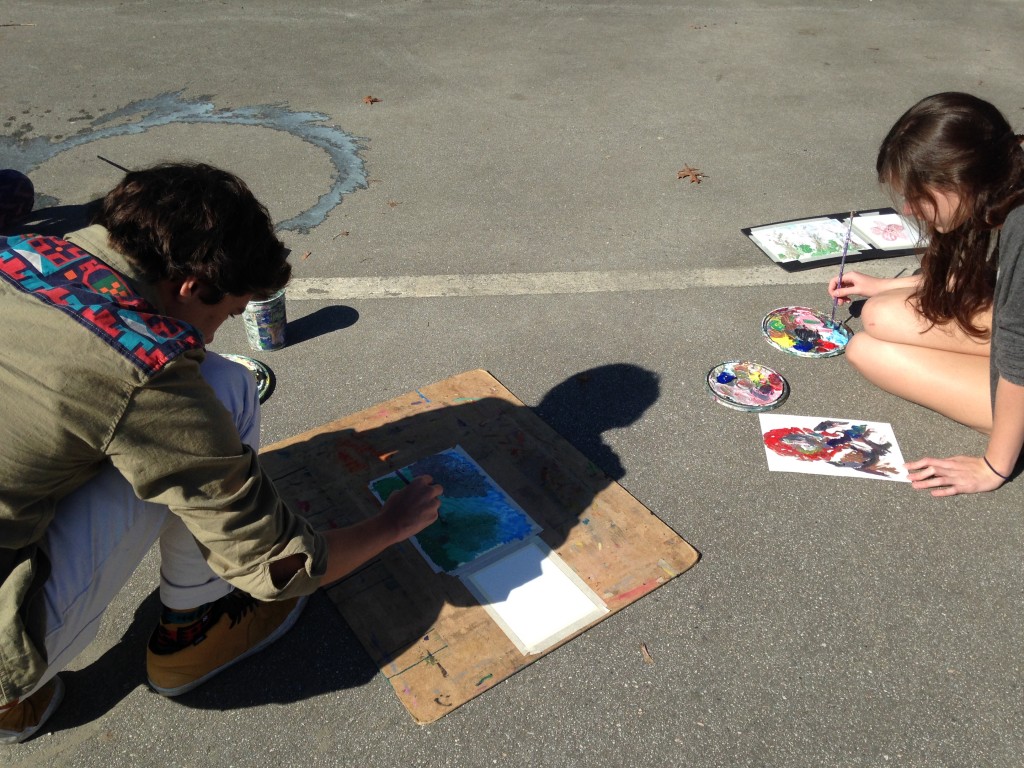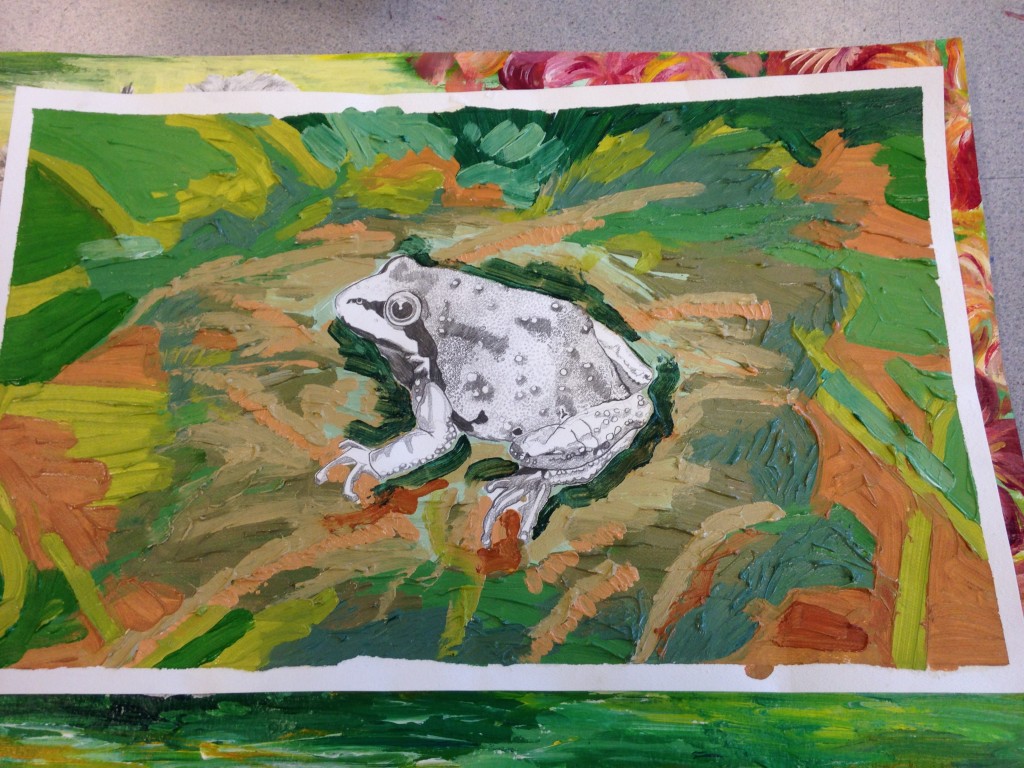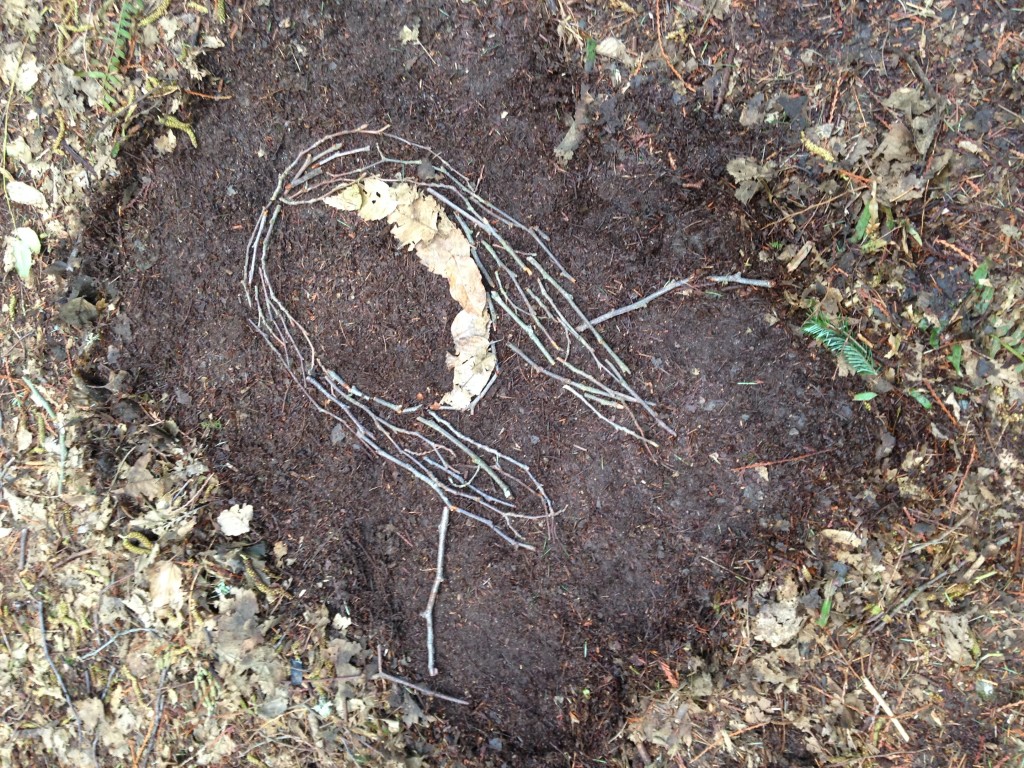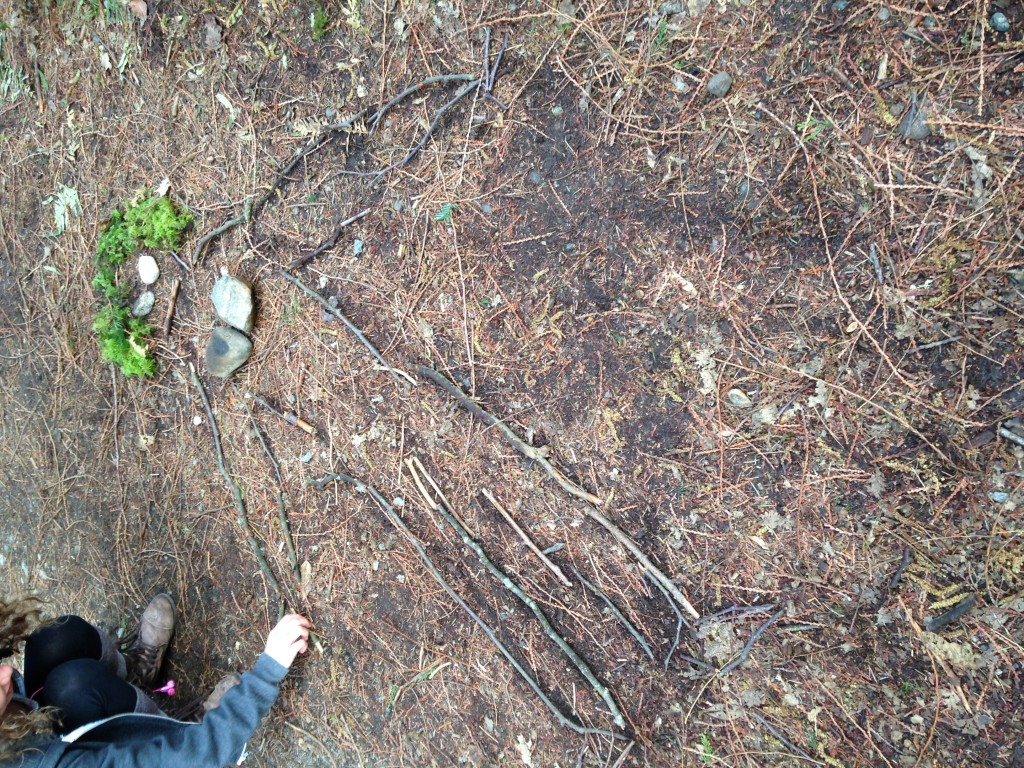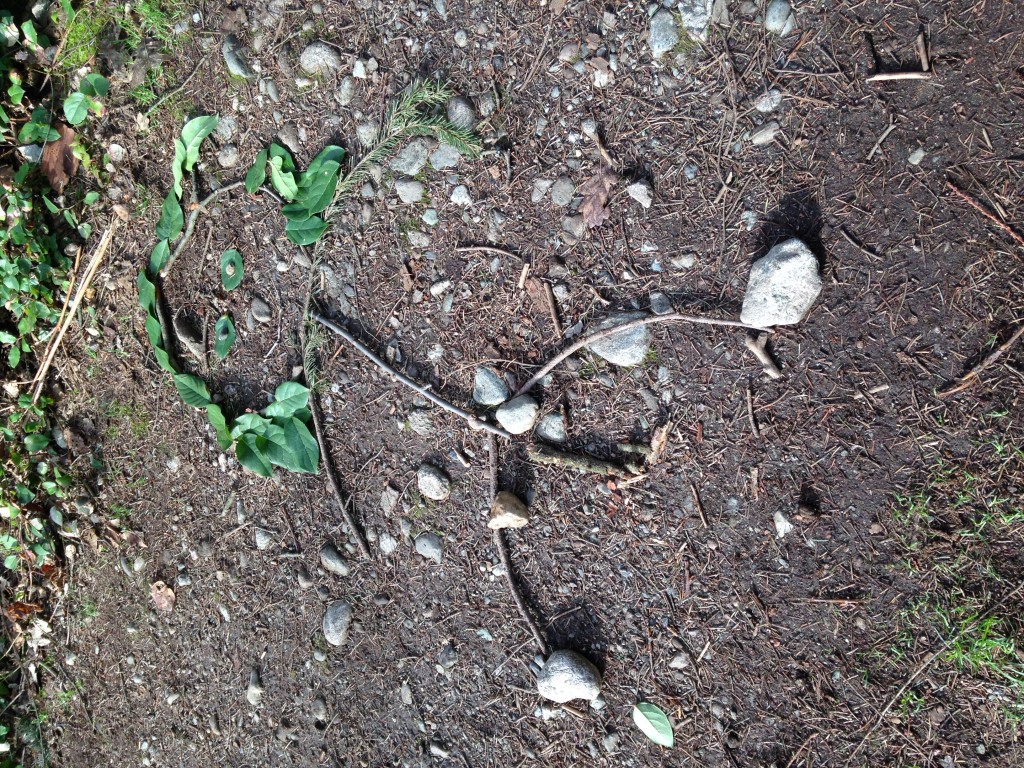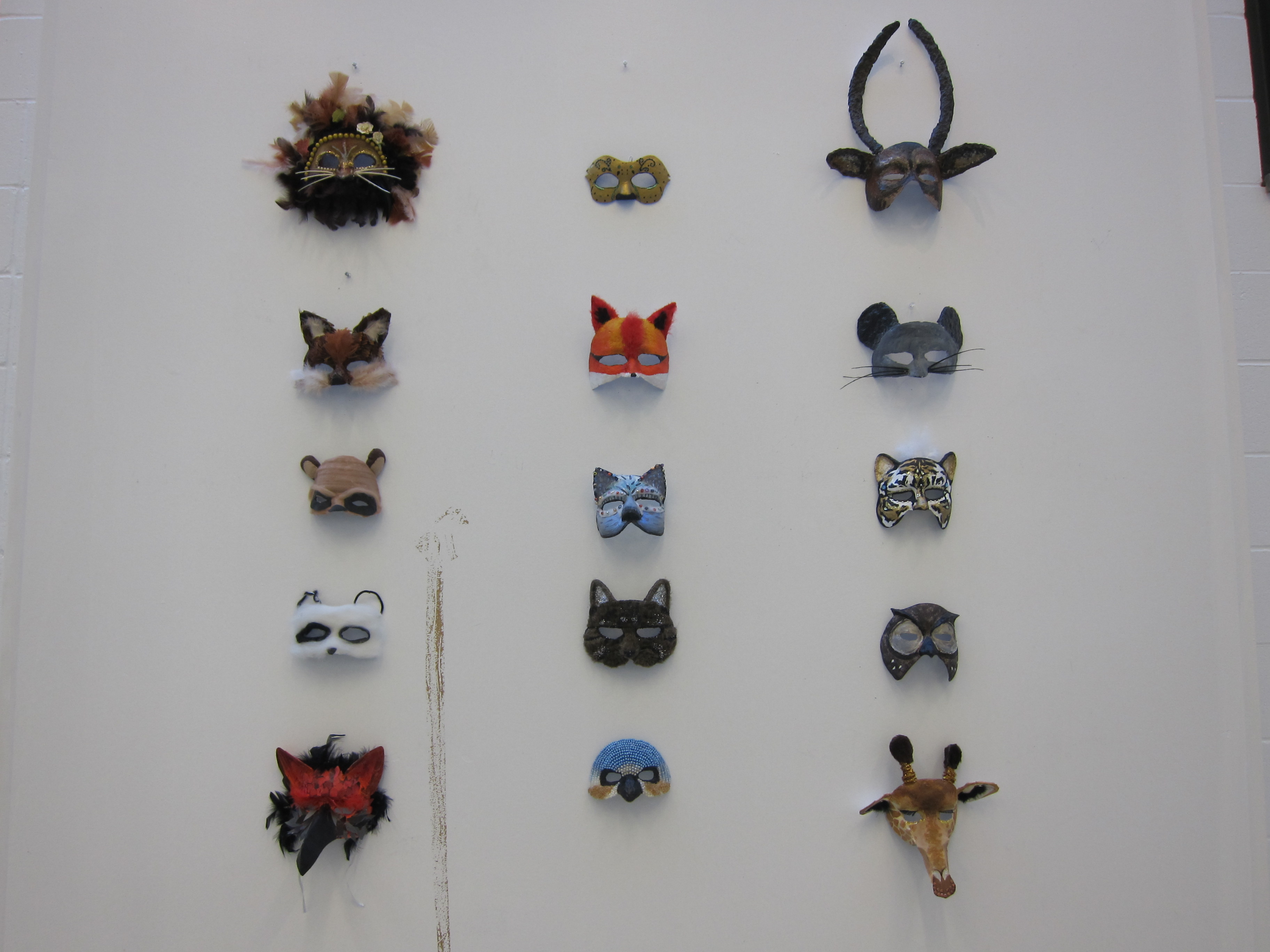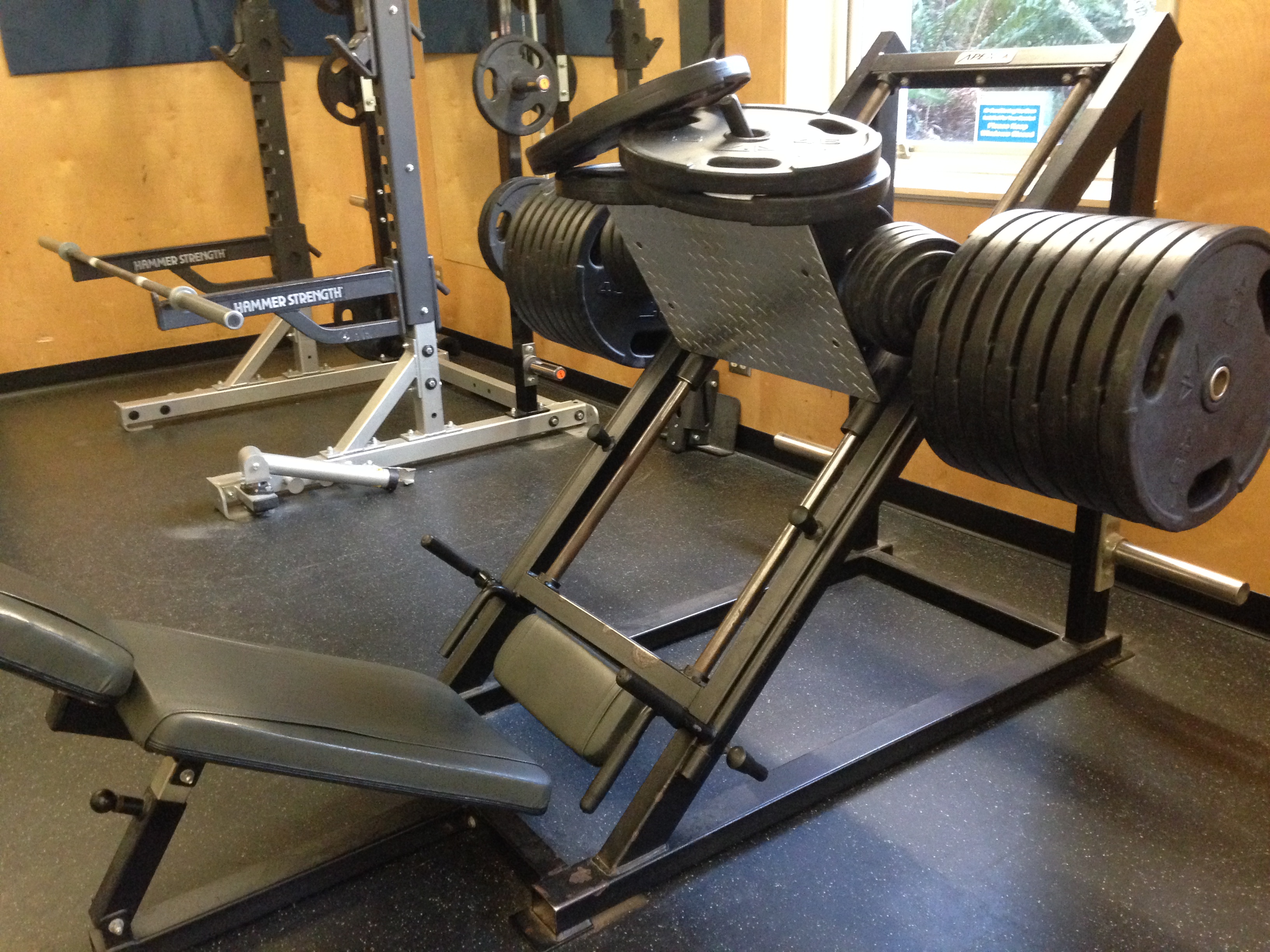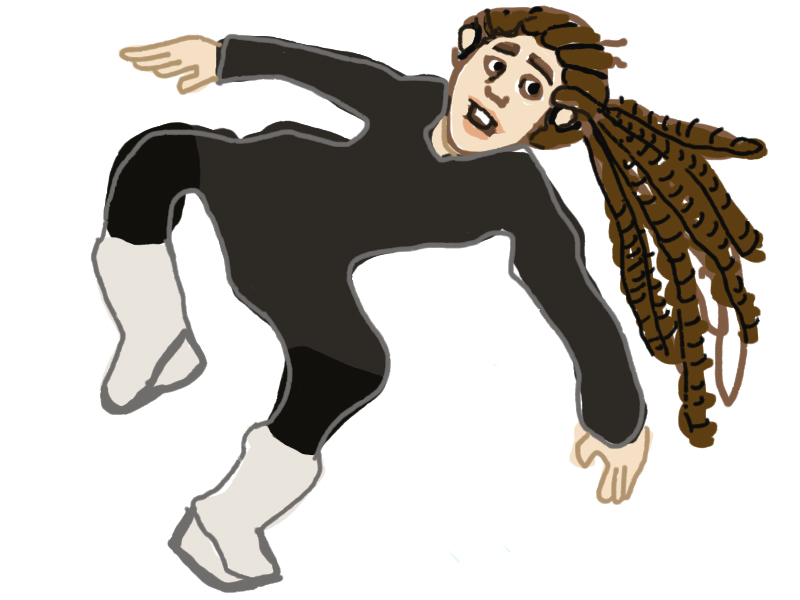To summarize my practicum so far:
Units taught in Media Arts: Interview Unit (5 lessons), Storyboard + Film the Storyboard Unit (10 lessons), Pixilation Animation Unit (6 – 8 lessons). Visual Storytelling (1 class), Camera Tech (1 class), Scavenger Hunt (2 classes), Montage (4 classes), Commercial Re-edit (5 classes).
Units taught in Visual Arts: Gestural Drawing (4 lessons), Wind Sculptures (4 lessons), Land Art (3 lessons), Comic Book Page (6 – 8). Gestural Drawing (3 lessons), Memes (4 lessons), Fictional Creature Illustration (5 – 7). Implied Texture (3 lessons), Actual Texture (3 lessons), Final Textural Piece (6 lessons).
16 hours working with teacher and student crew filming short film entitled “I am William”. Principal Photography – the shooting of all the scenes.
4 hours setting up the Senior Visual Arts Show in the school gallery, hanging artwork, and arranging pieces.
Handling diversity. Art education allows for accommodation of variety of learners. Concepts were taught visually (visual aids like slide shows, movie clips, posters, visual demonstrations/exemplars) and kinetically (games, activities, outdoor excursions), vocally (short lecture on artists, directors, history of visual culture), as well as through written communication (handouts for students to fill out reciting terminology, and self-reflection/self-evaluation).
Media Art required extensive group work because of limitations of how much equipment must be shared by entire class. Students were randomly assigned groups at first, and then the process organically arrived at students choosing their own groups, which allowed for (surprisingly) more controlled and positive group dynamics.
Similar process in Visual Arts classes – I began by trying random grouping (numbering off students into random groups) and then found that by letting them select groups themselves, they were happier and more productive every time.
Think-pair-share was used on several occasions to encourage more class participation in questioning/discussion times, but I found that overall vocal students remained vocal, while less vocal students remained less vocal.
Hooks and Teaching Strategies overlapped – they became one and the same for me. I strategize, manage and hook students into participating by implementing some sort of visual/oral/activity in conjunction with lecture and work time every class.
Technology used in almost every class (projectors hooked to computers, using visuals and sound). Creating visually engaging slide presentations and including student work in some of those slide presentations.
The most difficult technological issue is trying to keep one step ahead of students learning about film equipment and software in Media Arts classes. I made substantial progress in that realm – I know much more about the software and hardware now, and feel confident that I have a strong base in that knowledge.
Field trips to a nearby park/trail (several blocks away from school, able to leave and return within the same period) and outdoor filming/drawing/showcasing sessions on school property.
I feel that I share many common interests with the students in the realm of Media and Visual Culture. It is a matter of making them become more conscious of why that Media is of interest to them. Showing familiar images (of memes, popular videos, popular advertisements) hook their attention, and then it is a matter of having students discuss the importance of that visual culture around us by posing them the right questions.
The Land Art lesson, after students had learned about Land Artists, and after they had gone out and made work of that kind themselves, went very well. We debriefed on the work they had created, looking at photographs of the ephemeral pieces, and discussed what worked/what did not work so well. The lesson then segued smoothly into Land Art created by past and current cultures, current incarnations of Land Art with First Nations influence (Rock Art, Inuksuks, etc.), and then First Nations oral storytelling into Visual Storytelling (comics). In one class, we accomplished so much. Students saw the importance of temporary work that they had made, its connection to ‘the big picture’ of the entirety of art history, the importance of past and contemporary aboriginal art-making, and then a new perspective on what it means to tell a story visually – more than just a silly comic strip. A group storytelling activity also allowed them to experience the ease of making up stories on the spot.
I am always friendly. I strive to be more stern in terms of consequences, but for the most part, I give reasons to students for each thing I ask of them (assignments must be on time because we all must move on towards new concepts at a steady pace…tell me if you are leaving the classroom because I am responsible for your safety in and outside of the classroom, etc). I think that reward is more positive than punishment.
Collaborative Days included meetings that allowed teachers from different departments to meet over the common goals of helping out/sorting out issues with particular students.
Professional Development Day involved going to a workshop that dealt with bullying – particularly in the case of aboriginal students, but the role-playing scenarios explored at the workshop could definitely be applied to all diversity of students.
Assessment is constantly morphing and progressing. Depending on the group, students can be more inclined towards self-evaluation, being aware and fair about how well they worked on projects, while other groups I handle the marks entirely (although students are always free to discuss a mark with me).
